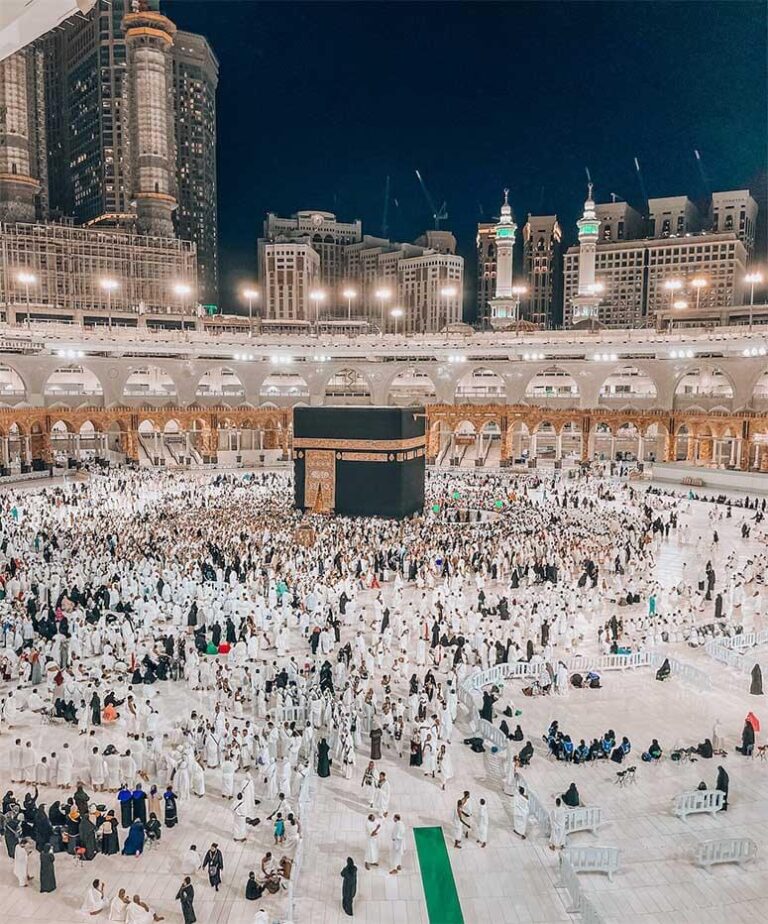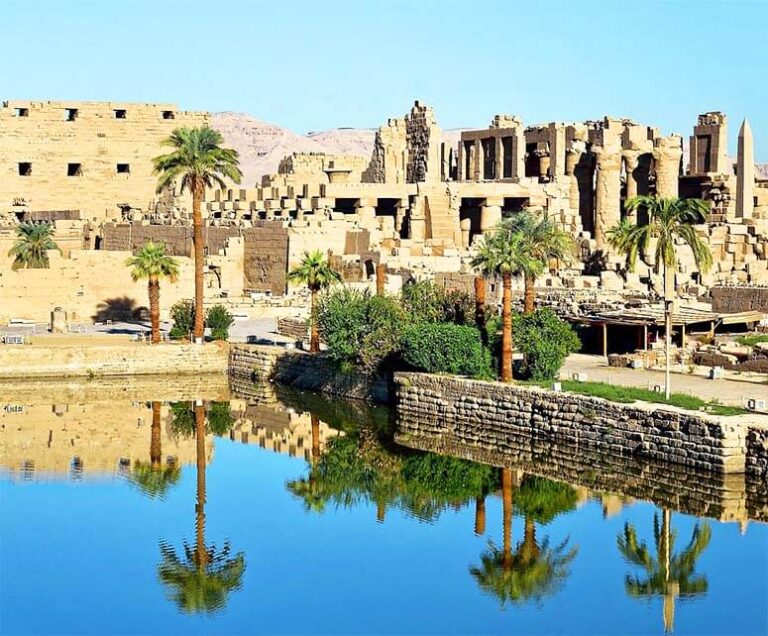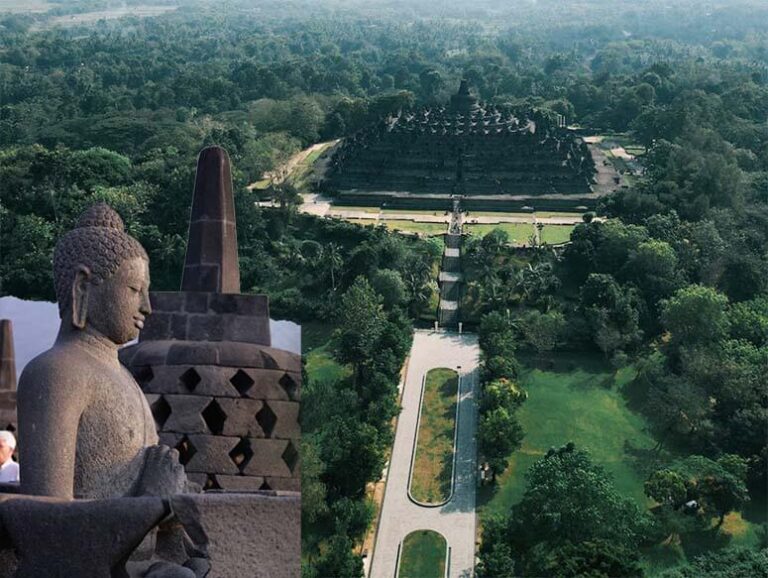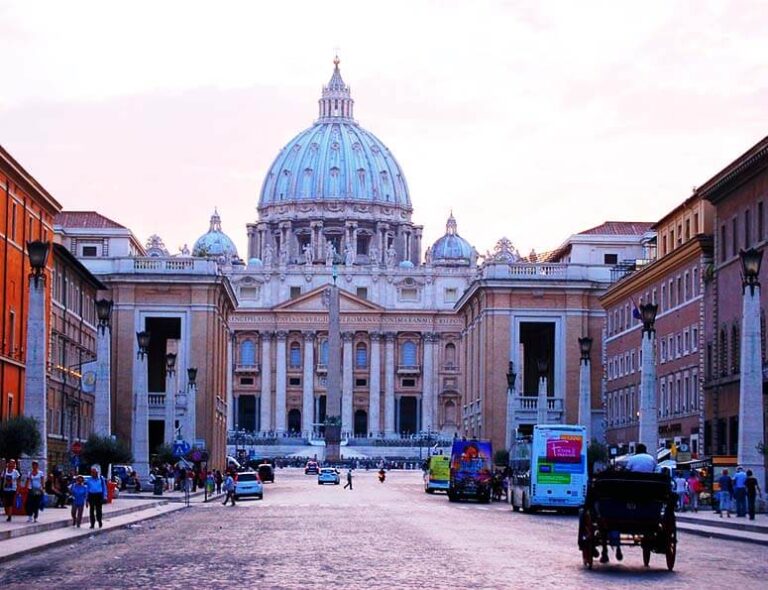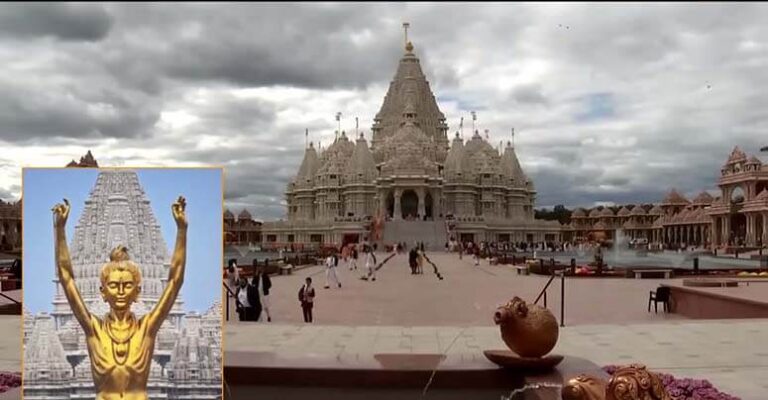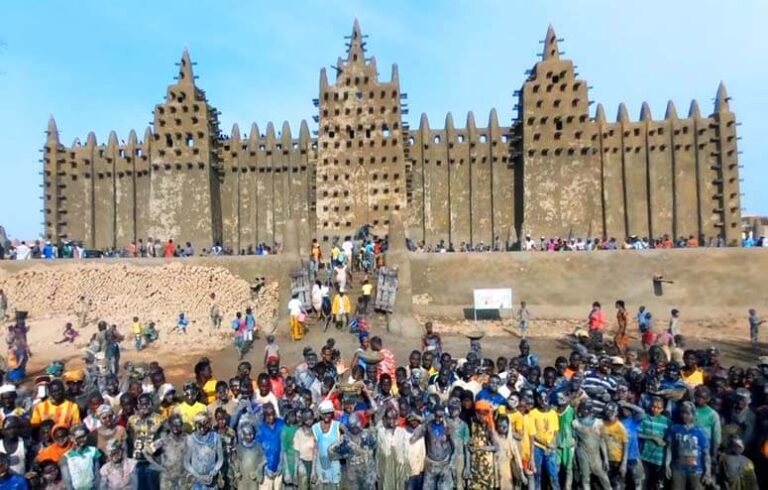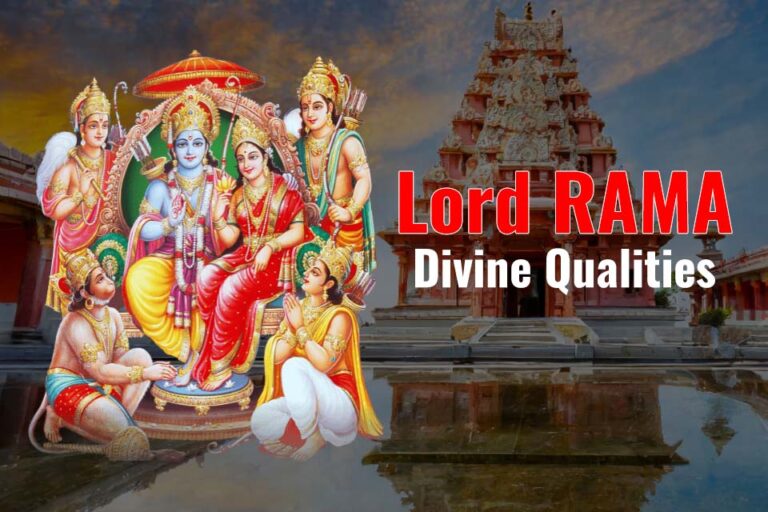Top 10 Largest Religious Structures in the World
From tall temples to massive mosques, humanity has a long history of building magnificent structures to honor God. These massive buildings come from different cultures and times, showing people’s deep connection to God. Today, we set out on a journey to explore the 10 largest religious structures ever built, each of which is a unique masterpiece that continues to amaze visitors from all corners of the world.
Contents
ToggleFrom tall temples to massive mosques, humanity has a long history of building magnificent structures to honor God. These massive buildings come from different cultures and times, showing people’s deep connection to God. Today, we set out on a journey to explore the 10 largest religious structures ever built, each of which is a unique masterpiece that continues to amaze visitors from all corners of the world.
Largest Religious Structures
Here is a list of the world’s largest religious structures in no particular order, not based on religion.
1. Angkor Wat Temple, Cambodia
Towering over the Cambodian jungle, Angkor Wat isn’t just a regular temple, it’s like a whole city in itself. The Angkor Wat temple complex is recognized as a World Heritage Site by UNESCO and according to Guinness World Records, is the largest religious structures ever built globally, covering a vast area of 162.6 hectares (401 acres).
Angkor Wat temple was built by the Khmer Empire, a Hindu-Buddhist empire dominant in Southeast Asia in the 12th century. The temple was originally dedicated to the Lord Vishnu, a god in Hinduism and it later became a Buddhist temple. The temple took approximately 30 years and 300,000 workers to build and there are more than 2,000 sculptures in the temple complex.
The design of Angkor Wat is amazing and detailed. Five towers that look like lotus buds reach the sky, representing Mount Meru in Hindu stories. The temple is surrounded by moats and galleries that contain beautiful carvings depicting scenes from Hindu stories and Khmer history.
2. The Great Mosque of Mecca, Saudi Arabia
The Great Mosque of Mecca, also known as Masjid al-Haram, is Islam’s holiest site and a breathtaking architectural marvel. Encircling the sacred Kaaba, a cuboidal structure believed to have been built by Abraham and Ishmael, the mosque attracts millions of pilgrims every year for the Hajj and Umrah pilgrimages.
Located in the center of Mecca, Saudi Arabia, it surrounds the Kaaba, the sacred structure towards which Muslims around the world pray. The mosque is a huge complex, which houses millions of worshipers during the annual Hajj pilgrimage and throughout the year.
Its central courtyard, the vast open space surrounding the Kaaba, is the focal point for spiritual rituals. The Mosque of Mecca stands as a symbol of unity, attracting Muslims globally to participate in acts of devotion and seek spiritual fulfillment.
The Great Mosque of Mecca is the most important and largest religious structures (mosque) of Muslims in the world, covering an area of more than 356,800 square meters. It can accommodate up to 1 million pilgrims during the Hajj pilgrimage. Further expansion and renovation projects are underway at the mosque to accommodate the increasing number of pilgrims.
3. Sri Ranganathaswamy Temple, India
Sri Ranganathaswamy Temple, located on Srirangam Island in Tamil Nadu, India, is one of the most revered and important temples in the country. Dedicated to Lord Ranganatha, a form of the Hindu god Vishnu, this temple is an architectural marvel, showcasing the Dravidian style with its intricate carvings and massive gopuram (entrance tower).
The temple is Spread over 156 acres, it is the largest functioning Hindu temple complex globally, and one of the largest religious structures in the world. The annual 21-day Rath Yatra, where the deity is taken around in a chariot, attracts millions of devotees.
The temple’s rich history dating back a millennium and its cultural significance makes it an iconic pilgrimage site and a living testament to India’s spiritual and architectural heritage.
The “Garbhagriha” (sanctum sanctorum) houses the reclining idol of Lord Ranganatha, and the temple is surrounded by seven prakaras (enclosures).
The temple complex is home to more than 22 ponds and water bodies. Featuring 21 tall gopurams, some of which reach a height of over 230 feet, the complex is a labyrinth of corridors, gopurams (tower entrances), and temples, each adorned with intricate carvings and sculptures.
It is one of the most visited pilgrimage sites in South India and has been featured in many films and documentaries.
4. Temple of Karnak, Egypt
The Temple of Karnak in Luxor, Egypt reflects the grandeur and religious significance of ancient Egyptian architecture. Built over 2,000 years, approximately 2055 BC, this massive complex is among the largest religious structures and temple complexes in the world.
It served as a dedicated place for worship, rituals, and ceremonies in honour of the gods, especially Amun, Mut, and Khonsu.
The temple’s massive pillars, tall pillars, and intricately decorated sanctuaries demonstrate the artistic and engineering prowess of the ancient Egyptians.
The Great Hypostyle Hall was a room with several massive columns that supported the roof of the main temple. These columns are so tall that they were once the tallest roofed buildings anywhere.
The Temple of Karnak remains a mesmerizing archaeological site, offering a glimpse of the spiritual and cultural richness of ancient Egypt.
5. Borobudur, Indonesia
Borobudur, an ancient Buddhist temple complex in Indonesia, a massive stone mountain covered with Buddha statues and intricate carvings, is as beautiful as it is historical. Built around the 9th century, it is one of the largest religious structures of Buddhism in the world and is a UNESCO World Heritage Site.
Borobudur is designed like a giant Buddhist mandala, a spiritual symbol representing the universe. Visitors climb nine levels, each of which symbolizes a stage on the path to enlightenment.
Visitors climb up nine levels, each symbolizing a stage on the path to enlightenment. Along the way, you’ll see more than 2,600 relief panels that tell stories of the Buddha’s life and teachings, and 504 Buddha statues, some meditating peacefully, others teaching or looking up at you.
At the highest point, the central dome welcomes you, revealing a big stupa, a symbol of enlightenment. Surrounding it are smaller stupas, forming a cosmic pattern. The main stupa at the top is actually empty inside.
Borobudur, one of the world’s largest religious structures, took more than 70 years to build and was abandoned for centuries before being rediscovered in the 1800s.
6. St. Peter's Basilica, Vatican City
St. Peter’s Basilica, located in the heart of Vatican City, is an iconic symbol of faith and architectural splendor. Towering over St. Peter’s Square, this magnificent church is the largest church in the world and one of the largest religious structures in the world.
A masterpiece of Renaissance art and architecture, built over a period of 120 years from 1506 to 1626, St. Peter’s Basilica is a holy place for Christians and a must-see for anyone visiting Rome.
The basilica is located on the traditional site where St. Peter, one of Jesus’ apostles, is believed to be buried. Pilgrims from all corners of the world are amazed by the awe-inspiring beauty of this spiritual haven.
Michelangelo’s masterpiece
One of the most famous parts of the Basilica is the ceiling of the Sistine Chapel, painted by the famous Michelangelo. Looking up, devotees, and visitors are amazed by the depiction of the Creation of Adam and other Biblical scenes.
One of the most popular traditional activities for pilgrims to St. Peter’s Basilica for centuries has been touching the right foot of the statue. Tradition has it that touching the feet will bring good luck and ensure a return to the city. Millions of people have touched it over the centuries and their feet have become smooth.
St. Peter’s Basilica is not just a religious site, it is a living museum of art and history. It echoes with the prayers and whispers of believers, a testament to the enduring spirit of Christianity.
7. Swaminarayan Akshardham (United States)
BAPS Swaminarayan Akshardham is a Hindu temple complex located in Robbinsville, New Jersey, United States. This is one of the largest religious structures and is also the second-largest Hindu temple in the world, is dedicated to the Swaminarayan Sampradaya, a Hindu sect founded in the 18th century.
The temple complex was constructed over 11 years and was inaugurated in 2014. It has an area of 183 acres and contains various architectural styles including Gujarati, Rajasthani, and Mughal. The temple is made of white marble and decorated with intricate carvings and sculptures.
The temple complex also includes a museum, a cultural centre, and a variety of gardens. The museum tells the story of Hinduism and the Swaminarayan Sampradaya.
The temple is made of 5,000 tons of white marble and is decorated with 20,000 statues and 200,000 hand-painted artworks. The museum has a collection of over 2,000 artifacts including sculptures, paintings, and manuscripts.
The cultural centre offers a variety of programs including yoga classes, meditation sessions, and cultural performances. The gardens are home to a variety of plants and flowers, including a 50-foot-tall banyan tree.
8. Great Mosque of Djenne, Mali
Standing in the sands of the Malian desert, the Great Mosque of Djenné is located in the city of Djenné in Mali, West Africa. It’s not just a mosque, it’s a UNESCO World Heritage Site and the largest mud-brick structure in the world.
These mud-brick largest religious structures are an architectural marvel that is not only impressive, but it is also a symbol of faith, community, and cultural heritage.
Mud Brick construction
Built-in 1907 (although its history goes back centuries), the most striking feature of the mosque is its construction material mud brick. Built of earth and water, the mosque is built in a majestic pyramid shape, its three tall minarets piercing the sky.
Every year, the entire community comes together for the traditional “Festa”, a plastering festival where they renew the mud walls, strengthening the structure and symbolizing unity.
The mosque can accommodate a maximum of 3,000 worshippers. Its unique architectural style reflects West African influences and blends seamlessly with the surrounding landscape. The annual Plaster Festival is a cherished tradition and a display of community spirit.


